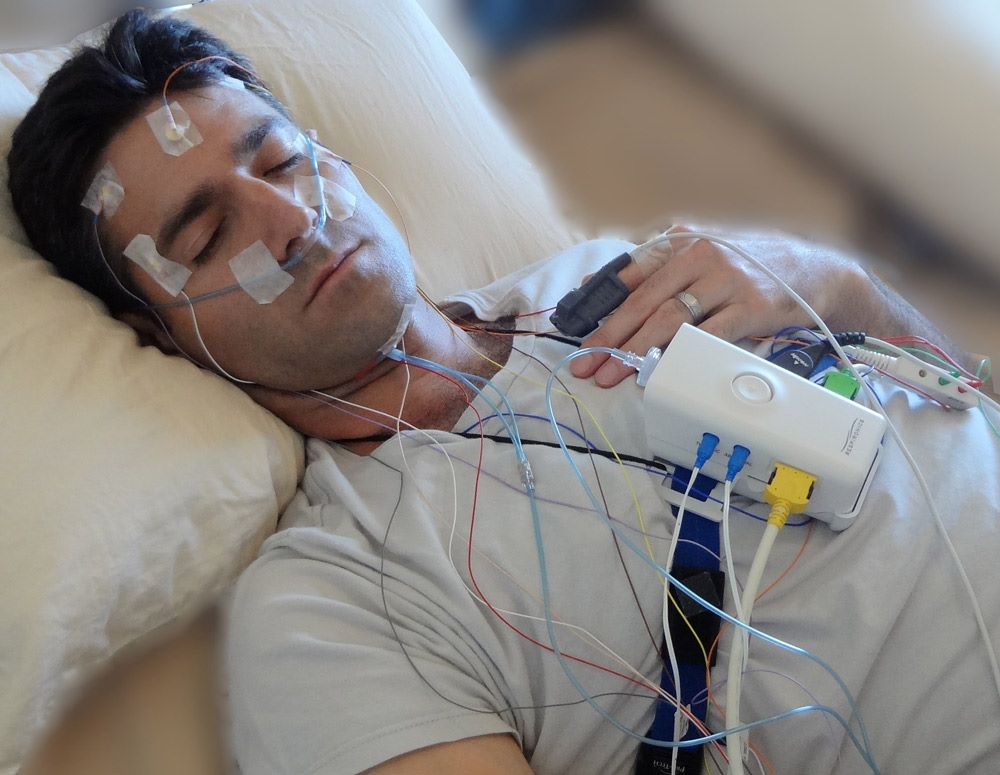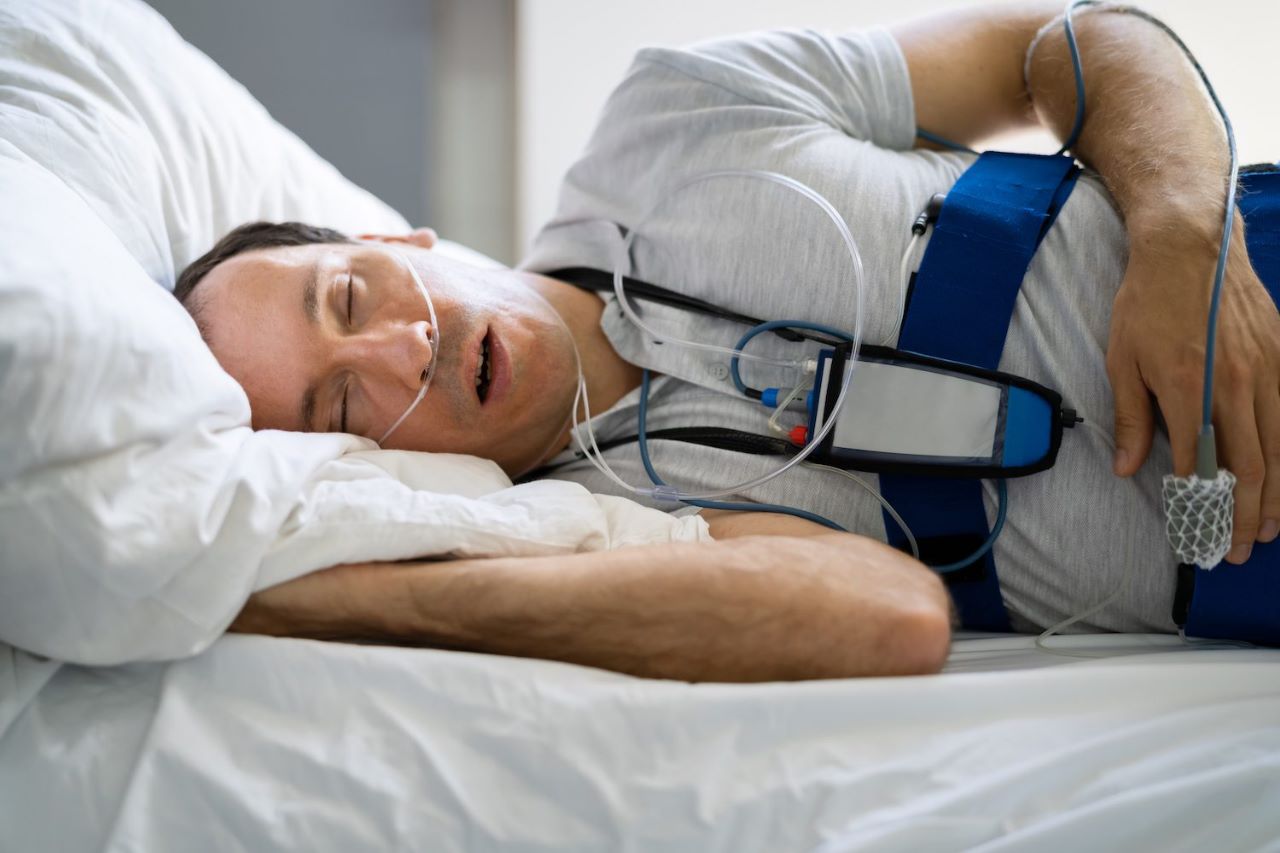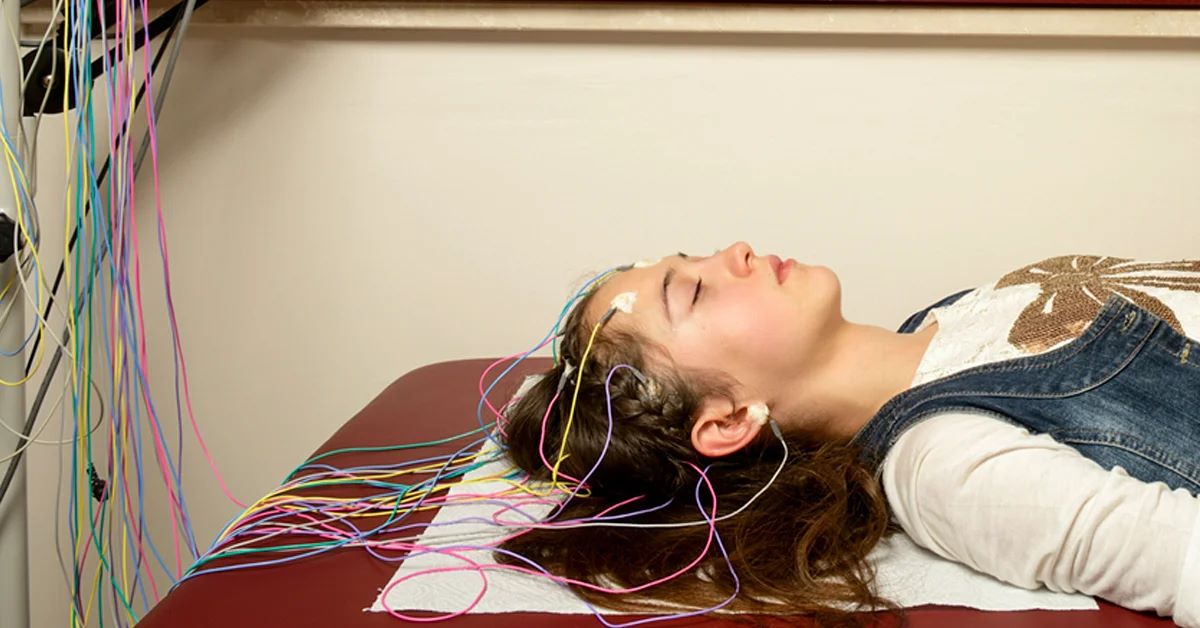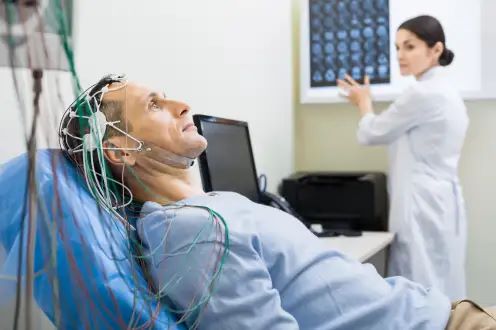
A sleep study, also known as polysomnography (PSG), is a diagnostic test used to evaluate and diagnose sleep disorders, including sleep apnea. It involves monitoring various physiological parameters while a person sleeps, such as brain waves, eye movements, muscle activity, heart rate, and breathing patterns. Sleep studies are typically conducted in a sleep laboratory, but some tests can also be performed at home.

1. Overnight In-Lab Sleep Study/ Polysomnography Type 1
This is the most comprehensive type of sleep study and is typically conducted in a sleep centre or laboratory. The person spends a night in a specially designed sleep room, which is equipped with monitoring equipment. Technicians attach sensors to the person's body to record their brain waves, eye movements, heart rate, breathing patterns, oxygen levels, and limb movements. The data collected is then analysed by sleep specialists to diagnose sleep disorders.
2. Home Sleep Apnea Test (HSAT):
For individuals suspected of having obstructive sleep apnea (OSA), a home sleep apnea test may be recommended. It involves using a portable monitoring device that the person takes home and wears during sleep. The device usually includes sensors to measure breathing patterns, heart rate, oxygen levels, and sometimes snoring. Although HSAT is less comprehensive than an in-lab sleep study, it can provide valuable information for diagnosing sleep apnea.

3. Multiple Sleep Latency Test (MSLT):
The MSLT is used to diagnose excessive daytime sleepiness and to evaluate conditions such as narcolepsy. It measures how quickly a person falls asleep during the day and assesses their tendency to enter rapid eye movement (REM) sleep. The test consists of multiple nap opportunities, usually scheduled every two hours. Electrodes are attached to the person's head and body to monitor brain activity, eye movements, muscle tone, and heart rate.

4. Maintenance of Wakefulness Test (MWT):
The MWT evaluates a person's ability to stay awake during the day. It is commonly used to assess the effectiveness of treatment for sleep disorders such as sleep apnea. The test measures a person's ability to stay awake in a quiet and dimly lit room during specific daytime periods. Electrodes and sensors are used to monitor brain activity, eye movements, and muscle tone.
Sleep studies are conducted and interpreted by sleep specialists, usually in collaboration with sleep technologists. The collected data is analysed to determine the presence and severity of sleep disorders, and the results are used to guide appropriate treatment options.
It's important to note that the specific types of sleep studies and procedures may vary depending on the sleep centre or laboratory, as well as the suspected sleep disorder being evaluated.

| FEATURE | PSG TYPE 1 (IN-LAB PSG) | PSG TYPE 3 (PORTABLE PSG) |
|---|---|---|
| PURPOSE | COMPREHENSIVE SLEEP DISORDER EVALUATION | HOME BASED LESS COMPLEX EVALUATIONS |
| NO. OF CHANNELS | MINIMUM OF 16 CHANNELS | MINIMUM OF 4 CHANNELS |
| RECORDED SIGNALS | EEG, EOG, EMG, ECG, AIRFLOW, RESPIRATORY EFFORT, OXYGEN SATURATION ETC | AIRFLOW, RESPIRATORY EFFORT, OXIMETRY |
| SET UP LOCATION | CONDUCTED IN A SLEEP LAB | CAN BE CONDUCTED AT HOME |
| COMPLEXITY | MORE COMPREHENSIVE & DETAILED | LIMITED CHANNELS, SIMPLIFIED RECORDING |
| APPLICATION | USED FOR DIAGNOSING VARIOUS SLEEP DISORDERS | FOR BASIC SLEEP DISORDER EVALUATION |
| PORTABILITY | NOT PORTABLE, REQUIRES SPECIALIZED EQUIPMENT AND LAB SETTING | PORTABLE |
| DATA ANALYSIS | EXTENSIVE ANALYSIS AND INTERPRETATION | BASIC ANALYSIS FOR COMMON SLEEP DISORDERS |
| COST | EXPENSIVE DUE TO EQUIPMENT & LAB COSTS | RELATIVELY LESS EXPENSIVE |
| ACCESSIBILITY | REQIRES ACCESS TO A SLEEP LAB | OFFERS FLEXIBILITY AND CONVENIENCE |